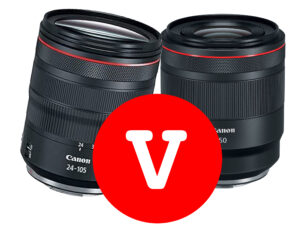In the realm of video codecs, crucial for shrinking large video files for easier storage and quicker streaming, H.265 and H.264 stand out. But what sets them apart, and which one is superior for your needs? This article delves into the nuances of H.265 and H.264, highlighting their strengths and limitations.
H.265 vs. H.264: Decoding the Differences and Making the Best Choice
Understanding Video Codecs
A video codec, shorthand for coder-decoder, is essential in compressing and decompressing digital video. These codecs employ intricate algorithms to minimize file size while preserving visual quality. This foundational understanding paves the way for examining H.264 and H.265.
H.264 Explained
Introduced in 2003 as Advanced Video Coding (AVC), H.264 is widely utilized by platforms like YouTube and Netflix. It’s engineered for high-quality compression at lower bitrates, making it optimal for internet streaming.
H.265 in Focus
The successor to H.264, H.265 or High Efficiency Video Coding (HEVC), emerged in 2013. It aims to enhance compression efficiency without compromising video quality, boasting up to 50% better compression than its predecessor, making it well-suited for 4K and 8K videos.

Comparing H.265 and H.264
The primary distinction lies in compression efficiency; H.265 excels with up to 50% better compression than H.264. This efficiency translates to lower bandwidth or storage needs for the same video quality, especially beneficial for higher resolution formats.
Advantages of H.264
Despite being older, H.264 has its merits:
- Broad compatibility across devices and platforms.
- Simpler compression algorithms, facilitating easier encoding and decoding.
- Less demanding on processing power, suitable for older or less capable devices.
Benefits of H.265
H.265 shines with its superior compression, especially for 4K and 8K videos. Other advantages include:
- Reduced bandwidth for equivalent quality video streaming.
- Enhanced video quality at similar bitrates compared to H.264.
- Smaller storage needs due to better compression.
Which Codec Suits You?
The choice hinges on your specific requirements. For high-resolution videos, H.265 is preferred for its compression prowess. However, H.264 might be more apt for older devices or platforms, or for limited bandwidth scenarios.
For content creators targeting platforms like YouTube or Netflix, H.264 remains the standard. It is definitely less glitchy when encoding with Adobe Media Encoder. For personal or specialised use such as archiving or high-quality presentations, H.265 could be more beneficial.
Do note, H.265’s improved efficiency comes with higher processing demands, possibly making it less ideal for older or less robust devices. H.264, in contrast, is more resource-efficient. Deciding between H.265 and H.264 boils down to balancing your needs. H.265 is a go-to for high-resolution or storage-conscious applications, while H.264 is more universally compatible and less demanding. Both codecs offer unique advantages, making them valuable tools in video compression.







































































